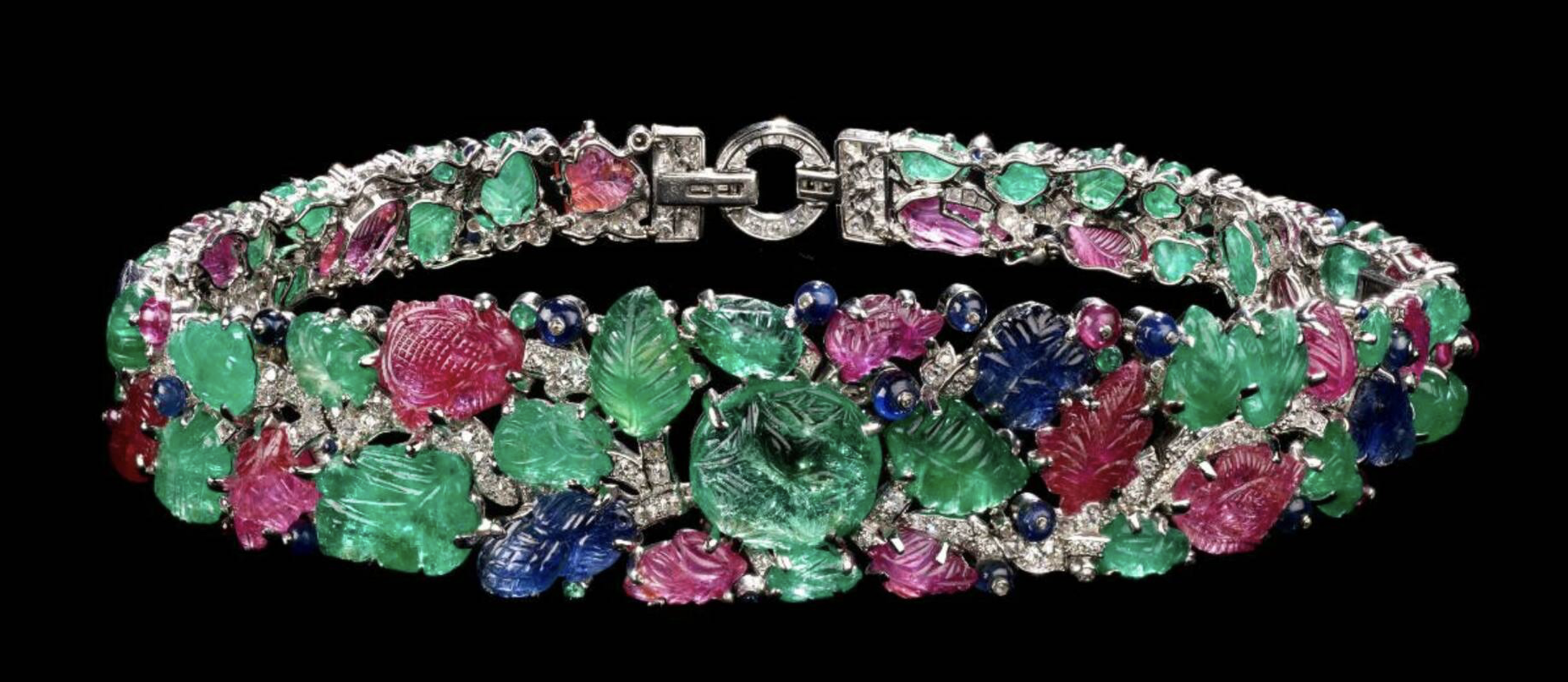Enhancing Brand Engagement through Experiential Marketing: Lessons from Alaïa and Cartier
In today’s retail environment, traditional advertising methods are increasingly supplemented by experiential marketing, a strategy that offers customers unique, immersive experiences that foster a deeper connection with the brand. This approach not only enhances customer engagement but also significantly differentiates brands in a competitive market. Two recent examples—Alaïa’s new bookstore and café in London and Cartier’s forthcoming exhibition at the Victoria & Albert Museum—exemplify this trend beautifully.
Alaïa’s Intellectual and Gastronomic Retreat
Alaïa has recently unveiled a new bookstore and café within its London flagship store on New Bond Street, in collaboration with Claire de Rouen and Violet Cakes. This initiative transforms the shopping experience into a cultural immersion, inviting customers to explore intersections between fashion, art, and literature in a setting that reflects the aesthetic and intellectual values of the brand. By aligning with high-profile collaborators known for their distinct crafts, Alaïa enriches the consumer experience, making each visit memorable and engaging.
Cartier’s Dazzling Display of Heritage
Similarly, Cartier is set to captivate audiences with an extensive exhibition at the Victoria & Albert Museum, showcasing over 350 objects that highlight the brand’s legacy in craftsmanship and design. The exhibition not only displays exquisite pieces worn by historical figures and modern celebrities but also emphasizes Cartier’s role in art and design throughout the 20th century. By doing so, Cartier not only tells a story of luxury and elegance but also educates and involves its audience in its rich history.
Key Takeaways for Brands
When implementing experiential marketing strategies, brands should consider creative collaborations that blend different cultural elements to enrich their narrative, much like Alaïa’s partnerships with a renowned bookstore and a celebrated cake shop. Leveraging historical and cultural heritage can also play a pivotal role, as demonstrated by Cartier’s upcoming exhibition, which showcases its design legacy and craftsmanship. Importantly, the focus should always be on active customer engagement—encouraging interaction and participation to transform the conventional shopping experience into a memorable and immersive event. These approaches not only differentiate a brand but also foster deeper connections and loyalty among consumers.


